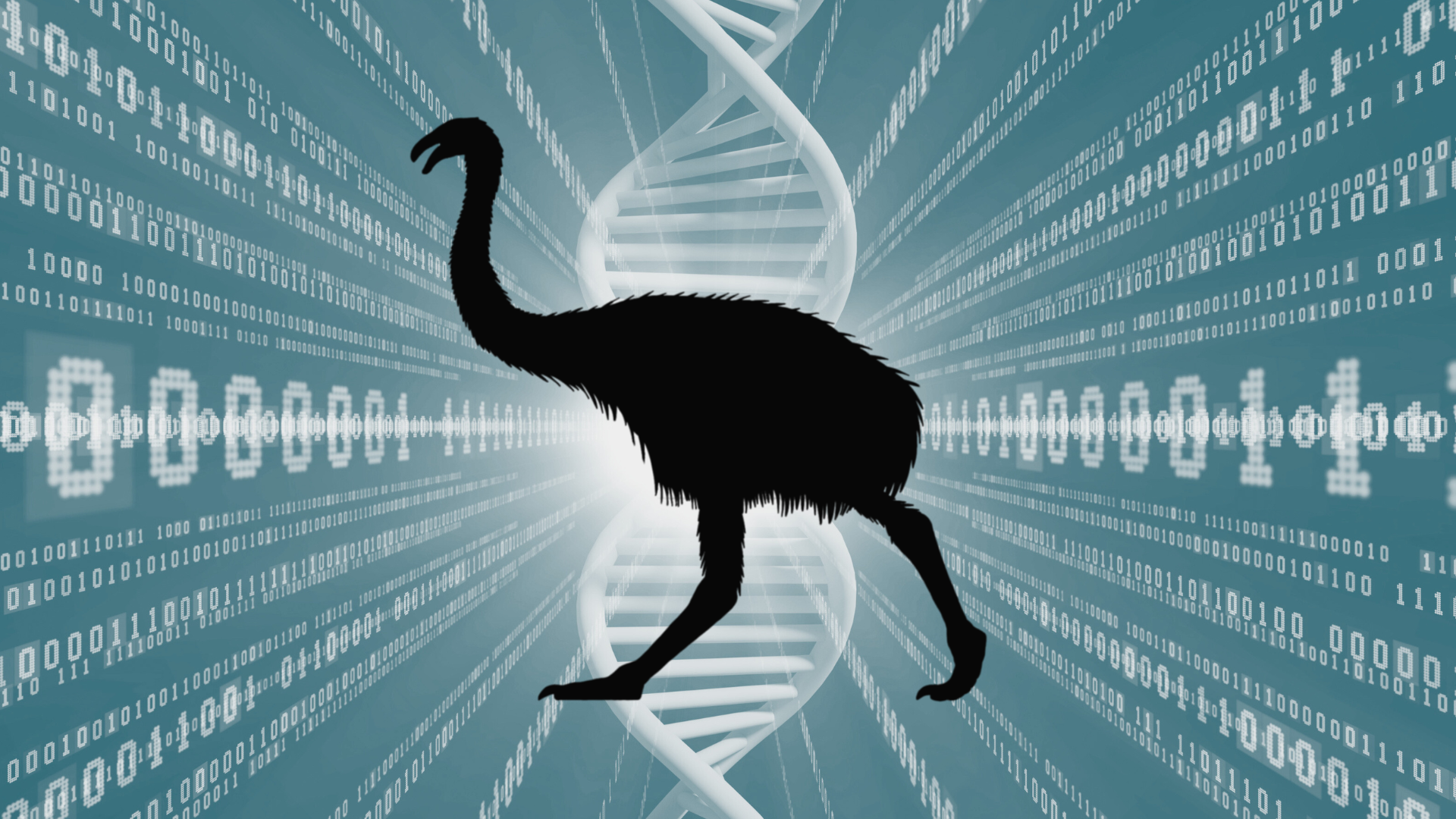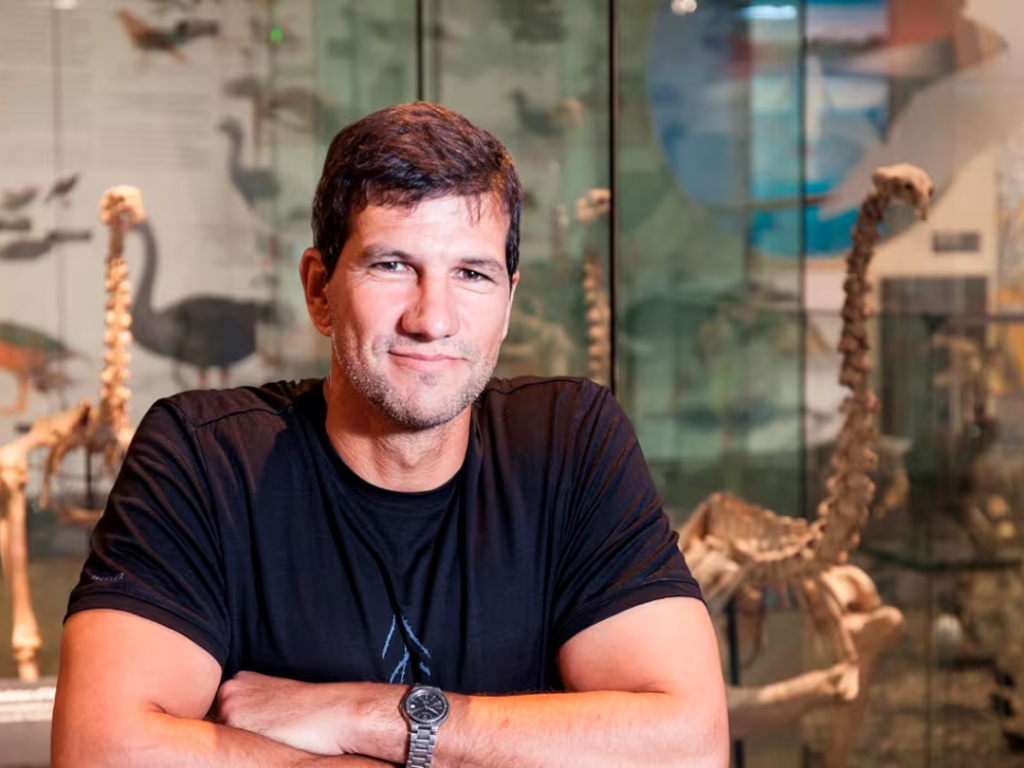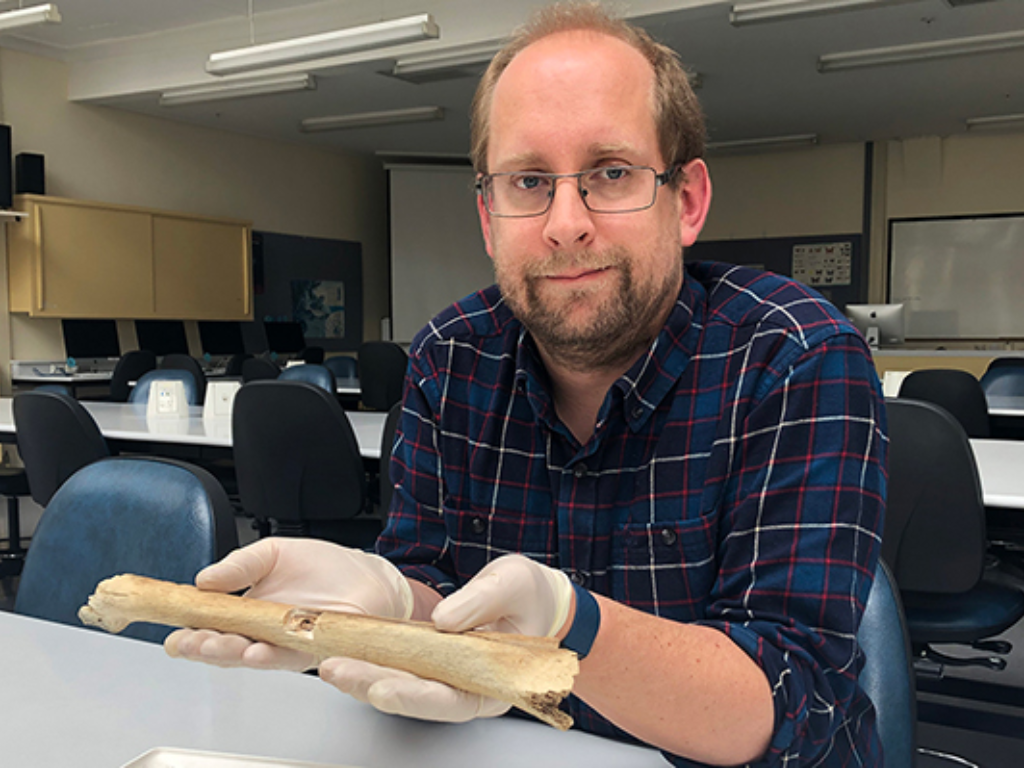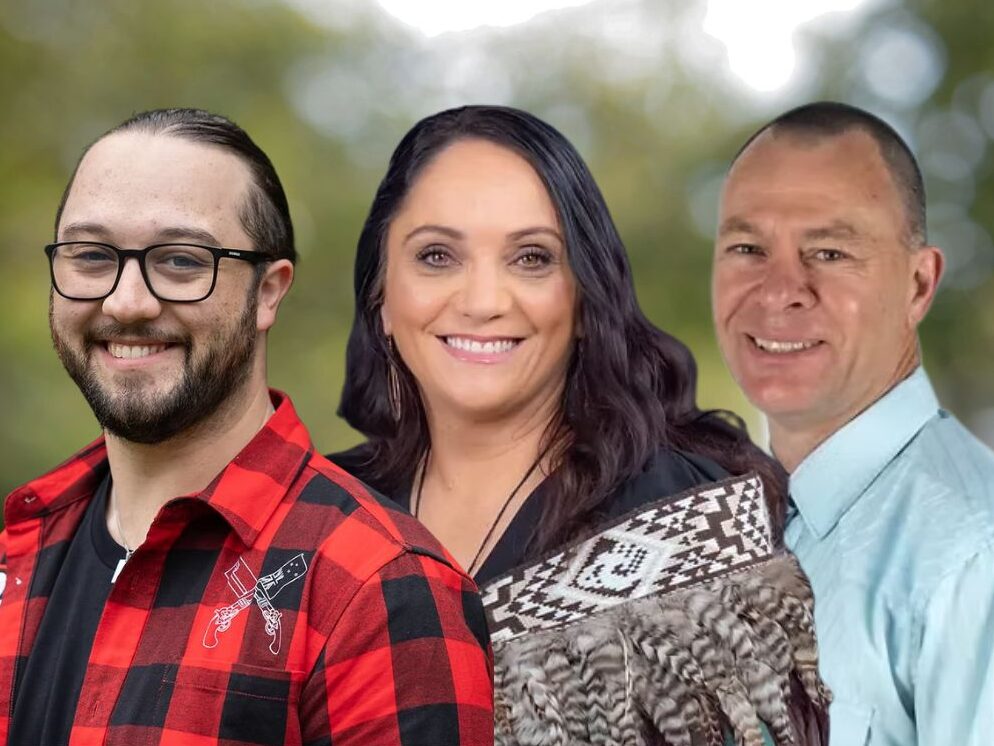A new project involving Sir Peter Jackson, a US biotech company, and an iwi research institute aims to bring back the extinct moa within five to eight years and release them into “expansive, secure ecological reserves”. Experts from around Aotearoa weigh in.

A partnership between Colossal Biosciences, Ngāi Tahu Research Centre and Canterbury Museum has announced plans to bring back the South Island giant moa. Their team is extracting and assembling DNA from moa remains and examining related South American species to potentially use as donor animals. The Science Media Centre asked experts to comment.
Professor Emeritus Philip Seddon, Department of Zoology, University of Otago
“Extinction really is forever. There is no current genetic engineering pathway that can truly restore a lost species, especially one missing from its ecological and evolutionary context for hundreds of years.
“Despite Colossal Biosciences’ eventual reframing of dire wolf de-extinction as actually creating an ecological replacement using a genetically modified grey wolf, there is no hint in their recent press release that the best we can hope for is an ecological replacement for a New Zealand moa.
“Details are missing but with the generous 5 to 10 year time frame they have given themselves enough leeway to drip feed news of genetically modifying some near relative of the moa.”

“Any end result will not, cannot be, a moa – a unique treasure created through millenia of adaptation and change. Moa are extinct. Genetic tinkering with the fundamental features of a different life force will not bring moa back.”
Associate Professor Nic Rawlence, Director – Otago Palaeogenetics Laboratory, Department of Zoology, University of Otago
“I’m shocked by this announcement, bluntly, given my research group has been working with tangata whenua, iwi, hapū, rūnanga, and trusts around the motu for over 10 years, and there is very little support for de-extinction of New Zealand species for many reasons.
“There are also [longstanding] major concerns with tangata whenua around the country around not being involved in discussions around genetic engineering, not being Māori led, but also around samples: bone samples, DNA going offshore.
“One, there’s no habitat left. It’s largely been destroyed through environmental modification. If you do bring a species back, you need to bring back enough individuals that they are not inbred like the English royal family or the Habsburg dynasty.”

“If you bring back animals, they are going to require conservation. Who’s going to conserve them? Who’s going to provide tangata whenua with the money to conserve them so we don’t create opportunity costs? That’s where money gets pulled from one area to conserve the de-extinct moa, and it could result in less money to conserve some of our other really endangered species that could result in their extinction.
Professor Amanda Black, Co-Director of Bioprotection Aotearoa, Lincoln University
“Just like the dire wolf, resurrecting the moa would be technically impossible. We don’t have moa eggs, we don’t have good moa genomes, and likely never will. We don’t have a close relative that we could even use as a surrogate.
“Even more important, the habitats we have remaining to support the native species that are still alive are diminishing; so, what environment do we have left to share with a resurrected population of moa? And even if we were to re-introduce extinct species back into current ecosystems, how would their behaviour and interactions with other species (including humans) play out?
“It’s not the absurd impossibility of this endeavour that bothers us the most. For us, it’s the lack of ethics. In Aotearoa New Zealand, we have hundreds, if not thousands, of species that are facing extinction.

“Preserving these species is hampered by a lack of focused long-term research and management in areas such as pest control and habitat restoration. It is unethical to bring species back when we haven’t even found ways to save the species we still have.
The above is an extract from the previously published “De-extinction is a fairy tale“
Marcus-Rongowhitiao Shadbolt, Melanie Mark-Shadbolt, and Simon Lambert, Te Tira Whakamātaki
In 2023, Te Tira Whakamātaki undertook a national survey to explore public attitudes toward genetic tools in conservation. To deepen our understanding, we also held a series of online and in-person hui with Māori researchers, academics, kaumatua, kaitiaki and community members involved in biosecurity and conservation. These wānanga explored the values, attitudes, motivations, and cultural perspectives that shape comfort and discomfort with genetic technologies in Aotearoa.
One of the questions we asked was “If we could, should we bring back the huia?”. The primary response to this was discomfort, and not because of any ‘weird science’ claims, but rather it was due to a deeper concern about the broader state of our ecosystems since the extinction of species like the Huia.

“…its home has had a hundred years of changes… so where do we put it back, some museum or some zoo, what are we bringing it back to?” – Group Discussion Participant
This sentiment was consistent across all groups. Another common and strong concern raised was cost and resource allocation. If we are already struggling to care for the native species we still have, how can we justify the immense cost and effort of resurrecting a species that would require even more intensive care to ensure its continued survival.
“It’s a wasted effort for something that won’t be sustainable when we have an obligation to deal with what we already have and not focus on these things that are gone. We’ve got kākāpō and stuff that need the attention… it’s not on the cards for us.” – Group Discussion Participant
If the trade-off is between bringing back one extinct species or saving 23 species currently on the brink of extinction, the consensus among both experts and the public was clear. Prioritise the living.
Lastly, we must ask: Is this truly a Moa? Or is it an emu engineered to resemble one? Colossal’s earlier “de-extinction” of the dire wolf offers a cautionary tale. What they actually created was a modified grey wolf. Its DNA, parents, and lineage were all wolf. So what’s the point?
If the aim is simply novelty, because we want one, then this is not a conservation issue. It’s a curiosity project. But if the goal is ecosystem restoration or healing, then resurrecting the Moa is neither the most effective nor culturally grounded solution. Aotearoa’s forests are now overrun with deer, what would the Moa eat? Our rivers are polluted, where would they drink?
In te ao Māori, our obligation is to protect the living, to uphold our relationship with taiao in all its interconnectedness. Recreating a Moa proxy might be technically fascinating, but it does not address the environmental crises we face. Nor does it, as seen in our research, reflect the values or priorities of the Indigenous peoples of this land.
Te Tira Whakamātaki advocates for investment in protecting what remains first and foremost, before we consider recreating what is lost. See the resources on Synthetic biology and the full genetech survey.

